Reviews:
No comments
Related manuals for 17570
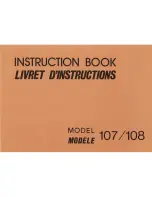
107
Brand: Janome Pages: 41
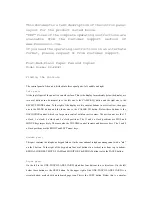
KX-FB421
Brand: Panasonic Pages: 2
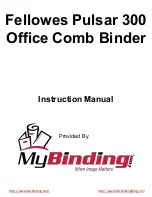
Pulsar E 300
Brand: Fellowes Pages: 7
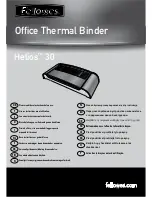
Helios 30
Brand: Fellowes Pages: 8
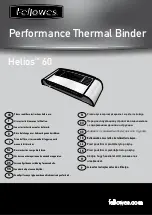
Helios 60
Brand: Fellowes Pages: 8

9900 - LEAFLET
Brand: ELNA Pages: 2

BALMORAL
Brand: Atco Pages: 13

52Xi
Brand: Duerkopp Adler Pages: 36

1.139-108
Brand: Kärcher Pages: 12

281LY-B
Brand: Nakajima Pages: 22

3822-1/32
Brand: Pfaff Pages: 130

B 40 C Bp
Brand: Kärcher Pages: 5

In-Sight 9902L
Brand: Cognex Pages: 31

mma-250/3
Brand: Zenit Powertools Pages: 10

OKIOFFICE 120
Brand: Oki Pages: 197

Smoke 400v3
Brand: Nebula Pages: 8

SCS1 Series
Brand: Datasensor Pages: 161

BMP 265
Brand: Husqvarna Pages: 76

















